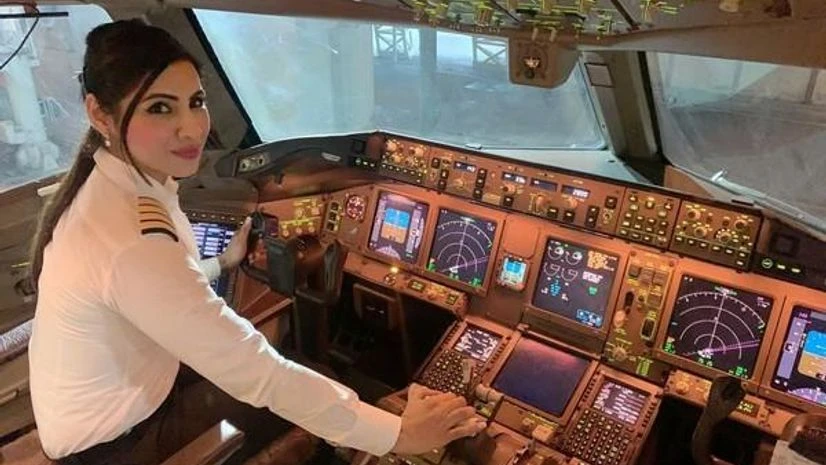)
Title: How to Be an Aviator: The Ultimate Step-by-Step Guide to Becoming a Pilot
Introduction
Aviation is a dream career for many. The allure of flying high in the sky, the prestige of wearing a pilot’s uniform, and the promise of global travel make becoming an aviator one of the most sought-after professions in the world. Whether you’re inspired by commercial jets soaring across continents or the precision of fighter pilots, this guide is designed to help you navigate the skies — literally and metaphorically — towards a successful aviation career.
In this comprehensive guide, we’ll take you through everything you need to know to become a pilot, from eligibility and training to job opportunities and lifestyle. Whether you’re in India, the U.S., Europe, or anywhere else in the world, these principles apply globally, with regional adaptations noted where needed.
1. Understanding the Role of an Aviator
An aviator is more than just someone who flies planes. The term encompasses a range of responsibilities, skills, and mindsets. Aviators are highly trained professionals responsible for the safe operation of aircraft. This includes pre-flight planning, navigation, communication, emergency response, and a deep understanding of weather, aviation law, and aircraft systems.
Being an aviator requires discipline, quick thinking, teamwork, and continuous learning. Pilots must be prepared to make critical decisions in split seconds while ensuring the safety of passengers, crew, and cargo.
2. Types of Pilots and Aviation Careers
There are several types of pilot careers, each with its own set of training requirements and lifestyle. Understanding these paths will help you choose the right one for you:
Commercial Pilot
Commercial pilots fly aircraft for charter flights, cargo, or aerial surveys. They may not necessarily fly for large airlines but are still paid professionals.
Airline Transport Pilot (ATP)
This is the highest level of pilot certification. ATPs are qualified to fly for commercial airlines like IndiGo, Emirates, Delta, or Lufthansa.
Private Pilot (PPL)
A private pilot can fly aircraft for personal or recreational purposes but cannot be paid for their services. It’s often the first step for aspiring professional pilots.
Military Pilot
These pilots are trained by government defense organizations. They operate advanced aircraft including fighter jets, helicopters, and transport planes.
Recreational and Sports Pilots
These pilots fly smaller aircraft and are subject to limitations in terms of weight, altitude, and passengers.
3. Eligibility and Qualifications
Before diving into training, you need to ensure that you meet the basic qualifications required to pursue a career in aviation.
Age Requirements
PPL: Minimum age is 17
CPL: Minimum age is 18
ATPL: Minimum age is 23
Educational Requirements
Minimum: 10+2 (Science stream with Physics and Mathematics)
For advanced training, some airlines prefer candidates with a degree
Medical Requirements
Class 2 Medical Certificate for PPL
Class 1 Medical Certificate for CPL and ATPL
Must be obtained from an authorized aviation medical examiner
Language Proficiency
English proficiency is mandatory as it’s the global language of aviation
Must pass ICAO English language proficiency standards
4. Step-by-Step Guide to Becoming a Pilot
Here is a structured path to becoming a licensed pilot:
Step 1: Research and Choose Your Path
Understand the various types of pilot licenses and careers. Decide whether you want to fly commercially, privately, or serve in the military.
Step 2: Meet Educational Requirements
Ensure you have passed 10+2 with Physics and Math. If not, you can take these subjects via the NIOS (India) or equivalent systems globally.
Step 3: Get a Medical Certificate
Book an appointment with a DGCA/FAA/EASA-authorized medical examiner and secure your Class 2 (for PPL) or Class 1 (for CPL) medical certificate.
Step 4: Enroll in a Flying School
Choose a recognized flight school that aligns with your aviation authority (DGCA in India, FAA in the US, EASA in Europe). Ensure the school has good infrastructure, experienced instructors, and a high placement rate.
Step 5: Log Flight Hours
Start practical training. For a CPL, you must log a minimum of 200 flight hours (in India) or as required by your aviation authority.
Step 6: Pass Written and Practical Exams
Study for and clear ground subjects like Air Navigation, Meteorology, Air Regulations, and Technical General. Clear flight tests and simulator checks.
Step 7: Obtain Your License
Once you complete all training and exams, apply for your pilot license. You will now be officially certified to fly based on your license type.
Step 8: Build Experience
Consider becoming a Flight Instructor, joining charter operations, or ferry flying to build flight hours.
Step 9: Apply for Jobs
Create a professional resume and begin applying to airlines, cargo operators, or charter services. Prepare for simulator assessments and interviews.